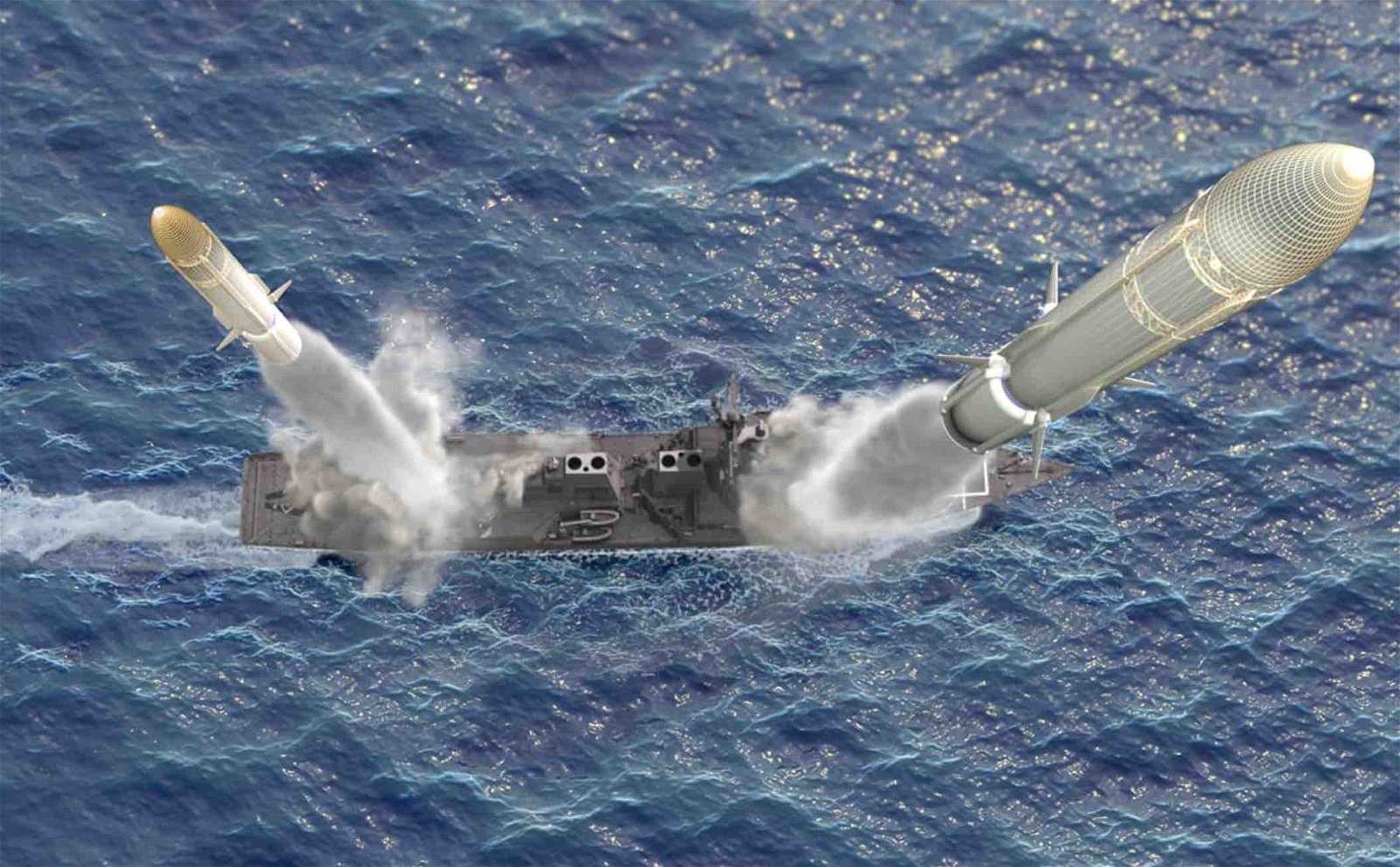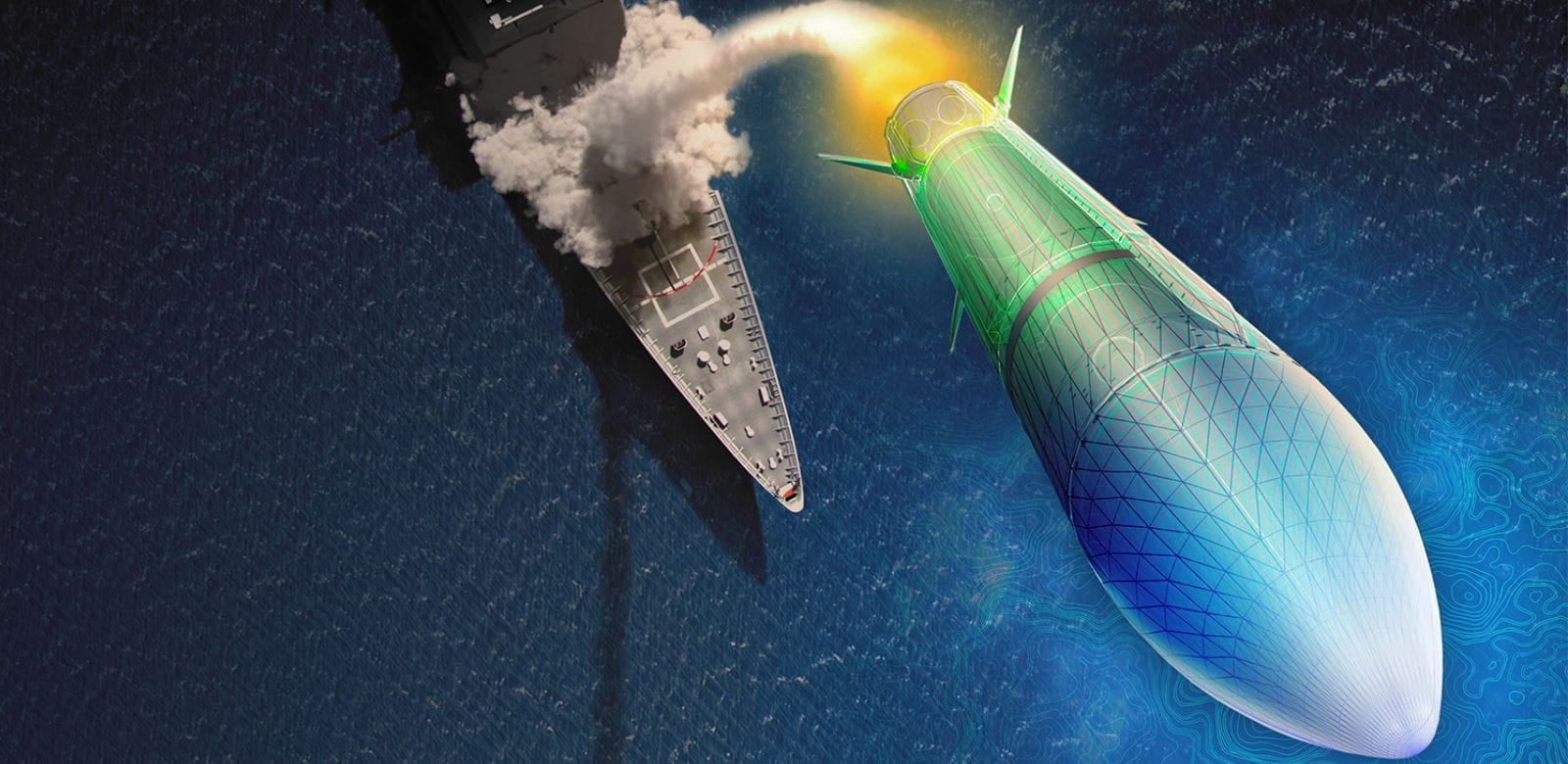American aerospace companies are working to develop defense capabilities against growing threats from hypersonic missiles, amidst new reports of the deployment of such weapons by U.S. adversaries that have emerged in recent days.
This week, it was learned that Russia plans to equip its air force with air-launched hypersonic cruise missiles propelled by scramjet engines, following a report from the Russian news agency Interfax.
Citing Russian commander Sergei Kobylash, the agency reported that Russia plans to implement “the development and supply of the entire range aviation weapons, including new cruise hypersonic missiles,” in the furtherance of its long-range aviation and defense capabilities.
Previous reports indicate that the country has deployed hypersonic weapons in Ukraine on at least three occasions, as part of an arsenal that Russian President Vladimir Putin said in 2018 is capable of dodging current U.S. missile defense systems.
In light of such challenges, American aerospace and defense manufacturers are working to improve the U.S.’s missile defense systems by employing a layered architecture, targeting key vulnerabilities in the early flight stages of hypersonic weapons.
Tucson, Arizona-based Raytheon Missiles & Defense (RMD), one of several businesses owned by Raytheon Technologies Corporation, is putting its specialty in the production of precision weapons and end-to-end threat solutions to work in the development of the first missile capable of intercepting hypersonic missiles during their most vulnerable phase of flight.
In November, it was announced that the Missile Defense Agency (MDA), the DOD’s agency tasked with the development of ballistic missile defense systems, selected RMD to develop the Glide Phase Interceptor (GPI), a missile capable of striking down hypersonic weapons during their glide phase, which occurs as the device is reentering Earth’s atmosphere and begins to maneuver in the direction of its target.
Achieving this is no small task when it comes to intercepting an object that is moving five times the speed of sound. However, in early December, Raytheon announced a “milestone” in its GPI program with the completion of its Systems Requirement Review Prototype.
“That review confirmed that RMD and the government agency have a shared understanding of the interceptor’s requirements and allows further design maturation,” according to a statement on the Raytheon website.


The next phase of the program will see the design and construction of the missile, drawing from Raytheon’s decades of experience in the production of its Standard Missiles family, a collection specifically designed to counter the threats of ballistic missiles. Ultimately, the GPI will be launched from sailing vessels to intercept hypersonic missiles at lower altitudes in their glide phase, which the company says will provider “an extra layer of defense alongside RMD’s longtime Standard Missile” and fill a “crucial gap” between two of the missiles in that family: the SM-3, which targets weapons outside Earth’s atmosphere, and its cousin the SM-6, which provides defense against targets in their terminal flight phase.
GPI program director Julie Leeman said in a statement that U.S. adversaries are already using weapons that demand such defense systems, in acknowledgment of developments like Russia’s recent plans to deploy air-launched hypersonic weapons on its aircraft, adding that the U.S. must hasten its efforts to overcome any potential national security challenges they might represent.
Leeman says that the Glide Phase Interceptor program will be able to rely on the advances of Raytheon’s Standard Missiles in years past, in the furtherance of meeting the MDA’s requirements that any prototypes they develop “will fit into the current Aegis Ballistic Missile Defense system,” a stipulation aimed at ensuring that the vertical launch systems currently in use by the United States Navy will already be equipped to fire the GPI once it is ready for use.
Along with Raytheon’s Glide Phase Interceptor, the MDA completed construction and installation of an array of radars last December as part of its Long Range Discrimination Radar (LRDR), multi-face radar whose individual arrays measure 60 square feet, designed to incorporate a wide field of view and capable of performing multiple missions related to missile defense.
Along with its capabilities in mitigating threats from ballistic missiles, the LRDR is designed to support multiple areas of space domain awareness that include monitoring the positions of satellites, as well as detecting and tracking space debris and inactive spacecraft in Earth orbit that may pose threats during their eventual reentry.
Several other American companies are working to curb future threats from hypersonic weapons used by U.S. adversaries, which includes efforts to quicken the pace of development of our own hypersonic arsenal. Earlier this month, Northrup Gruman Corporation received an $8.8 million contract through the Manufacturing and Industrial Technology Division of the Air Force Research Laboratory (AFRL) for such purposes.
The contract will support “improvements that will help to shorten production times and drive affordability for hypersonic weapons in production,” according to a statement that appeared on the company’s website.
Last week, The Debrief reported that the Air Force Research Laboratory has also announced its plans to partner with defense contractor Leidos in the design of its hypersonic Mayhem surveillance drone, which is set to become the first drone capable of traveling at more than five times the speed of sound.
With the growing need for defense capabilities in the ever-evolving battlefield environment of the 21st century, Raytheon’s Julie Leeman says having technologies capable of adapting to the quick pace of change is of key importance.
“We have the technology today to be able to do this,” Leeman says, “and we have the ability to upgrade as the threat evolves and as technology evolves.”
Micah Hanks is Editor-in-Chief and Co-Founder of The Debrief. Follow his work at micahhanks.com and on Twitter: @MicahHanks.

